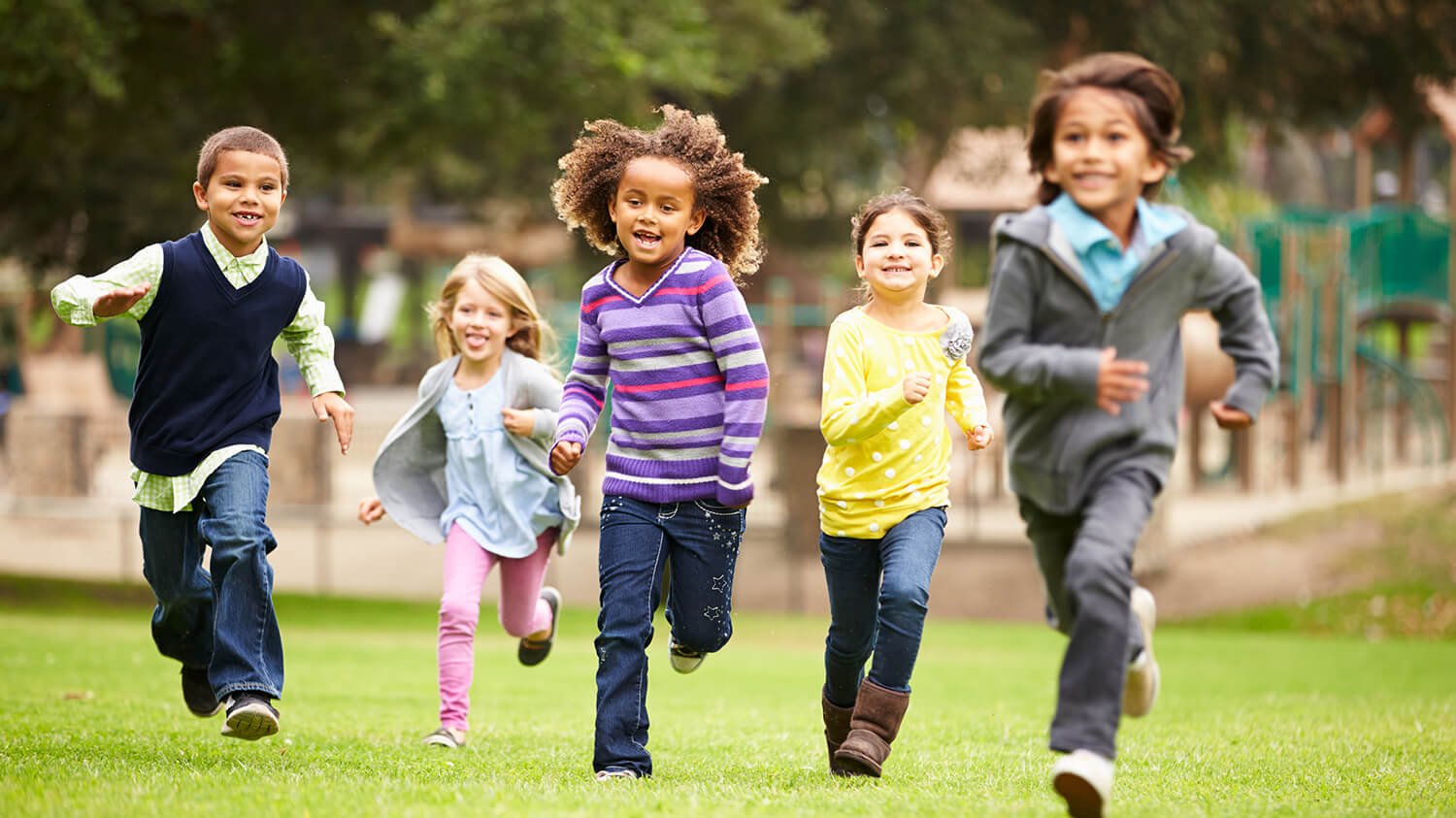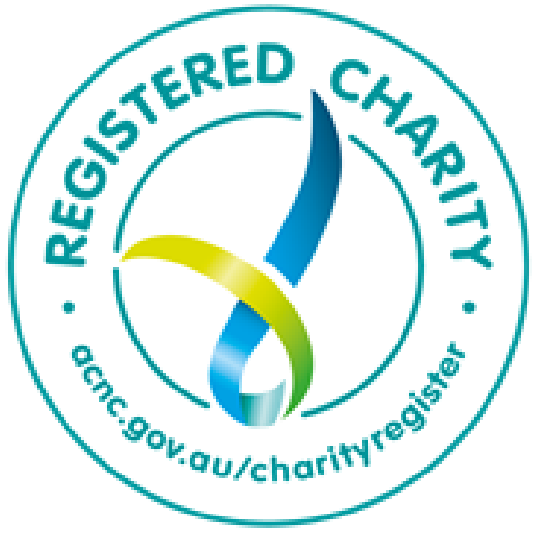Who does it affect?
Body image issues affect people of all ages, genders and across all cultures. A person’s relationship with their body will change and evolve over the course of a lifetime, which is hopeful news if you’re experiencing poor body image right now. There is hope and help available to you.
What does the research say?
To date, body image research and studies have largely focused on females. The good news is that more recently, body image research has been much more inclusive and looked at:
- Males
- LGBTQIA+ people
- Aboriginal and Torres Strait Islander people
- People from culturally diverse groups
Inclusive research ensures that regardless of race, gender or sexuality, we have a better understanding of the issues facing these groups. This understanding means we can better support and tailor programs to an individual’s needs.
Existing evidence about body dissatisfaction highlights the following risk factors:
- Age: Body image starts developing in early childhood and is more intensely shaped in late childhood and adolescence (typically for females this is earlier than in males). However, body dissatisfaction can affect people of all ages with some studies showing a high prevalence in midlife (particularly in females) in relation to aging (or more specifically, anti-aging promotion).
- Key development and experiences: Puberty, people going through fertility treatments, pregnancy and post pregnancy are known times where body dissatisfaction may increase.
- Gender: Research consistently reports that girls and women experience body dissatisfaction more frequently than boys and men. However, more inclusive research shows that males and those who identify as male are also vulnerable to body dissatisfaction at similar rates to females and those who identify as females. People who identify as LGBTQIA+ are also vulnerable to increased rates of body dissatisfaction.
- Mental health: People with low self-esteem or other mental health problems, such as anxiety or depression, are more at risk of experiencing body dissatisfaction.
- Personality traits: People with perfectionist tendencies, high achievers, ‘black and white’ thinkers, those who internalise beauty ideals more intensely, and those who frequently compare themselves to others are at higher risk of feeling dissatisfied with their body or appearance.
- Teasing/bullying: People who are teased about their appearance and weight, regardless of actual body type, have an increased risk of developing body dissatisfaction.
- Poor role models: Regardless of their actual body type or weight, individuals—particularly children and adolescents—who are exposed to role models who demonstrate unhealthy attitudes and behaviours in relation to body image, eating and exercise are at greater risk of developing body dissatisfaction. These risk factors include exposure to restrictive dieting, excessive and rigid exercise regimes, frequently expressed appearance concerns or strong biases about higher weight.
- Higher weight:People living in a larger body, who have been subject to teasing/bullying, or who have experienced weight stigma and discrimination, are at higher risk of experiencing body dissatisfaction.
Let’s talk
Whether you need support for yourself or someone you care about, call our free and confidential Helpline on 1800 ED HOPE (1800 33 4673), chat online or email.





















